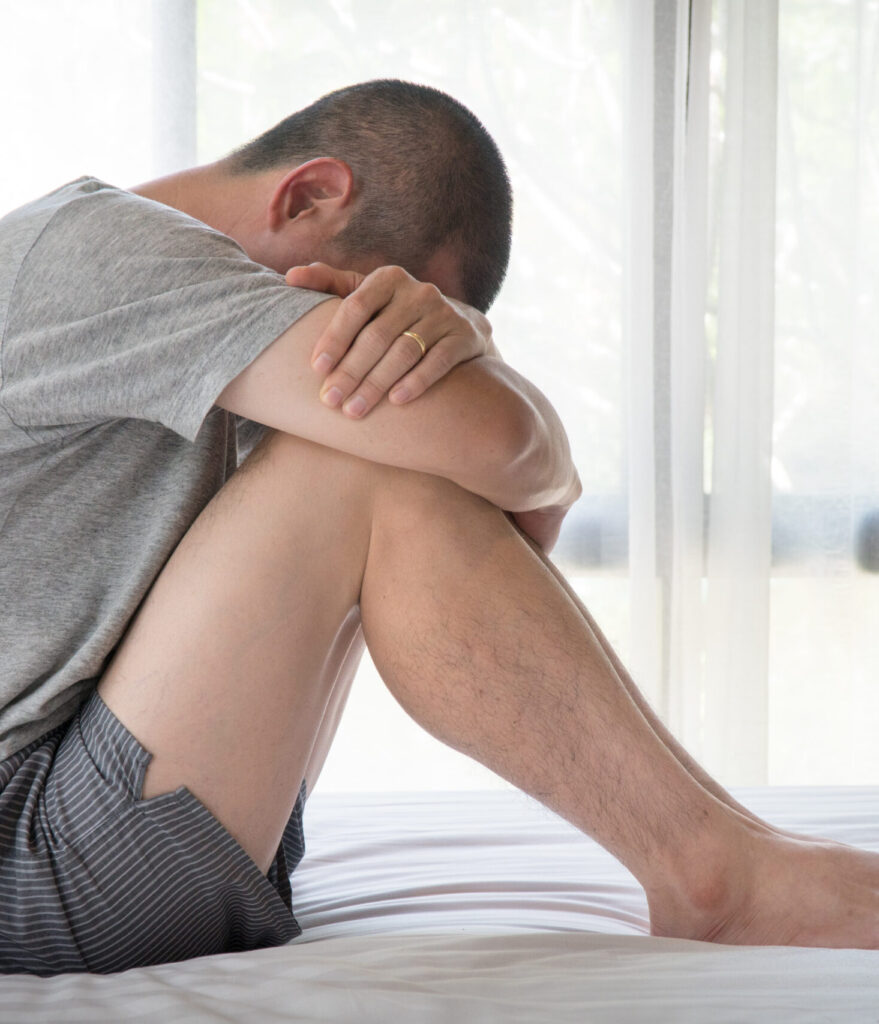Restless Leg Syndrome

What is Restless Leg Syndome (RLS)?
RLS is a condition that causes strange sensations in your legs. It is best described as an urge to move your legs at night. This can make it hard to get comfortable and fall asleep. In some cases, RLS happens on its own. In other cases, the condition seems to be linked to other medical problems. Iron deficiency anemia, chronic kidney disease, diabetes, and multiple sclerosis increase the risk of RLS. Pregnancy can also increase a person’s risk of developing RLS.
What are the Signs/Symptoms of RLS?
People with RLS get an uncomfortable urge to move their legs when they are at rest. It is often described as a crawling, creeping, pulling, or itching sensation deep in the legs. These symptoms usually worsen as the day goes on with peaking sensations at night. The symptoms can be especially bad when trying to stay still to read a book, watch television, or fall asleep. It can be hard to do things that require sitting still for a long time. For example, symptoms can get worse if you take a long drive or fly in an airplane.
People with RLS can make the feeling go away temporarily if they walk around or move their legs. Some people find that their legs move on their own while they are asleep.
How do we Diagnose and Treat RLS?
There is no specific test for RLS. Diagnosis is based on symptoms and confirmed through a physical exam. After assessing medical history, your provider will order blood tests to see whether or not you have enough iron in your blood, as this often is an indicator for RLS.
In some cases, people do need special sleep tests, such as “polysomnography” or “actigraphy.”
Treatment for RLS can Include the Following:
Limiting or avoiding caffeine, alcohol, and nicotine.
Staying physically active as any activity that involves moving your body – even less intense exercises such as walking or yoga – can help.
Massaging your legs manually or using a pneumatic compression device (a special sleeve that fills with air and squeezes your legs).
Applying heat to your legs – you can do this by using a heating pad or taking a hot bath or shower.
Avoiding medications that can exacerbate the symptoms of RLS — these include antihistamines such as diphenhydramine (brand name: Benedryl) and hydroxyzine, over-the-counter sleep aids containing diphenhydramine, and certain antidepressants. Be sure to ask your provider if you are unsure if your medication may be causing symptoms of RLS to become more severe.
Some people with RLS do not require medicinal treatment because they have mild symptoms that don’t bother them very often. However, if treatment is needed, there are prescription medications that can alleviate RLS symptoms.
In people with RLS who also have kidney (renal) failure, the irritation or restless sensations in their legs might improve with dialysis treatment.
- RLS is common during pregnancy. The main treatments usually involve taking iron supplements and trying the other tips listed above that do not involve taking prescription medicines. This is because most of the medicines used to treat RLS are not proven to be safe to take during pregnancy. Fortunately, the symptoms of RLS usually go away or improve after giving birth.
